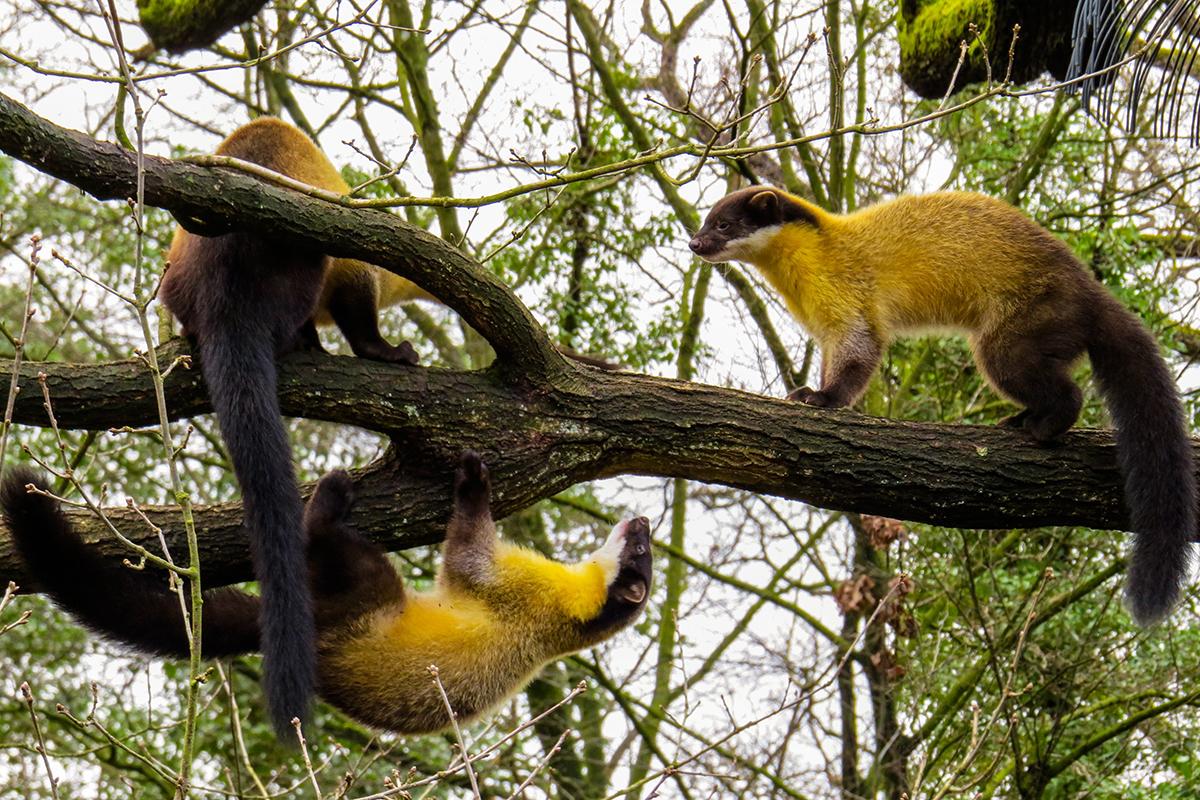Background
A given adaptation for an ecological niche – such as a specialization for digging – is often made up from several traits, such as the different anatomical structures of muscles and bones. However, it remains unclear how the evolution of differing individual traits contribute to an overall adaptation. My research focuses on the Mustelidae, the group of mammals including badgers, martens, otters, and weasels. Mustelids are ideal to study the evolution of limb adaptations, as within this group, specialists for digging (badgers), climbing (martens), and swimming (otters) have all evolved from a single, common ancestor. For the mustelids, I collect data on bone external dimensions (e.g., lengths and diameters), bone internal structure (e.g., cross-sectional area), and muscle architecture (e.g., muscle mass). The external dimensions of a skeleton determine the leverage muscles have to exert force upon the skeleton, whereas the internal structure of bones determines the ability of a bone to withstand compression, bending, and twisting. The architecture of a muscle limits its capacity to produce force and mechanical power. Studying the evolution of these traits in their biomechanical contexts will provide new insights into how adaptations evolve as an assemblage of traits. This research is an independent postdoctoral project funded by the German Research Foundation and the Museum für Naturkunde and is currently set to run until September 2018.
Methods
This project uses a diverse range of methods to collect data, including caliper measurements to study bone external dimensions, µCT scanning to study bone internal structure, and anatomical dissection to study muscle architecture. Additionally, as mustelids are distributed globally, anatomical dissection of mustelids requires travel to the countries and regions where differing mustelid species occur, including Germany, Estonia, Finland, Denmark, Brazil, Argentina, Chile, South Africa, and the United States.
Duration
01.04.2015 - 30.09.2018
Funding
- Deutsche Forschungsgemeinschaft
- Museum für Naturkunde Innovation Fund
